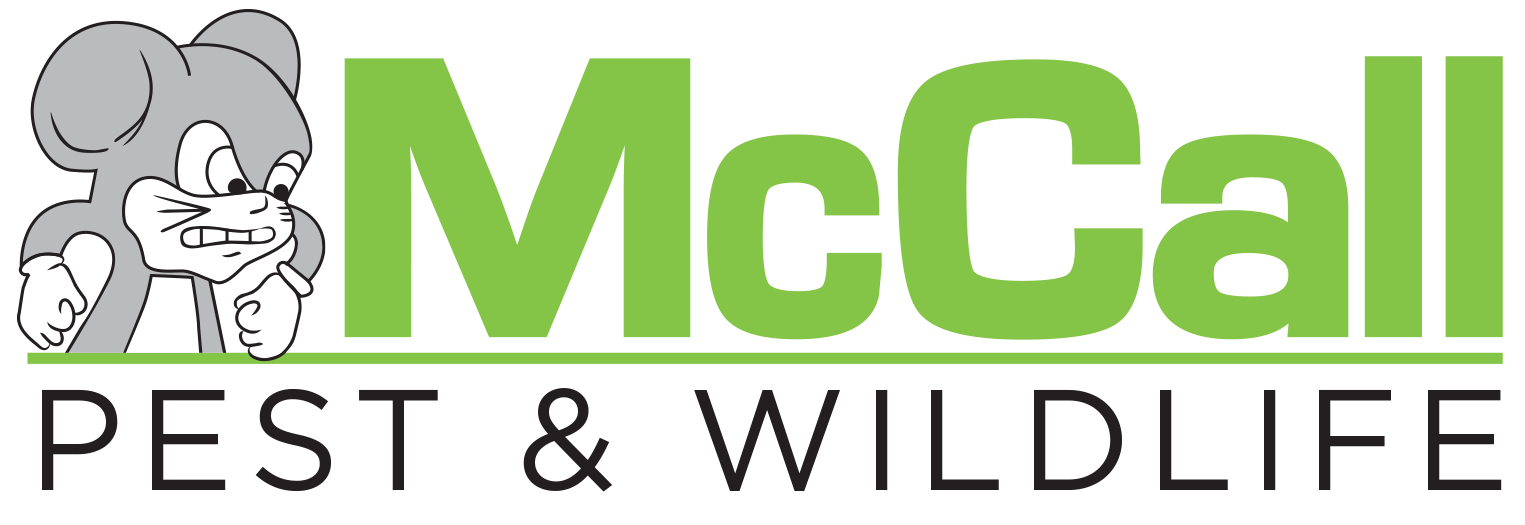Drywood termites aren’t as prevalent to Bradfordville homeowners, but they can infest your home’s wooden structures, leading to significant damage. Unlike subterranean termites, which live in the soil, drywood termites establish colonies directly in wood, making them difficult to detect and control. This guide will help you identify drywood termites, understand the risks they pose, and recognize the signs of a drywood termite infestation.
Identifying Drywood Termites
Drywood termites differ from their subterranean counterparts in several ways. Here’s how you can identify them:
- Appearance: Drywood termite swarmers are typically light brown to dark brown or tan in color. They have a straight waist, straight antennae, and two pairs of equal-length wings that are shed after swarming.
- Habitat: Unlike subterranean termites, drywood termites do not require contact with soil. They live and feed within the wood, creating colonies inside wooden structures, furniture, and even wooden floors.
- Behavior: Drywood termites are less dependent on moisture compared to other termite species. They extract the moisture they need from the wood they consume, allowing them to thrive in drier conditions.
Risks Posed by Drywood Termites
Drywood termites can cause extensive damage to your home over time. Here are some of the risks associated with an infestation:
- Structural Damage: Drywood termites hollow out wood to build their nests, compromising the structural integrity of your home. This can lead to weakened wooden beams, floors, and walls.
- Costly Repairs: Repairing termite damage can be expensive and may require significant reconstruction, particularly if the infestation has been ongoing for a long time.
- Hidden Infestations: Drywood termites often go undetected until significant damage has occurred because they live entirely within the wood, making early detection challenging.
Signs of Drywood Termite Infestation
Recognizing the signs of a drywood termite infestation early can save you from extensive damage and costly repairs. Here are some common signs to watch for:
- Frass: Drywood termites produce wood-colored droppings called frass. Piles of frass near wooden structures, windowsills, or furniture indicate termite activity.
- Discarded Wings
- Hollow-Sounding Wood
- Small Holes: Look for small, round holes in wooden surfaces, which are the exit points for swarming termites.
- Tight-Fitting Doors and Windows: Warped wood caused by termite activity can make doors and windows difficult to open and close.
The Importance of Regular Inspections
Regular inspections are crucial in maintaining a termite-free home. Here’s why:
- Early Detection: Inspections help detect termite activity early, before significant damage occurs.
- Preventive Measures: Regular inspections ensure that preventive measures are in place and effective.
- Peace of Mind: Knowing that your home is regularly inspected and protected from termites gives you peace of mind.
Understanding drywood termites and taking proactive steps to prevent and manage a drywood termite infestation is essential for protecting your Bradfordville home. Don’t wait until termites have caused extensive damage—call your local termite control professionals near you for a free inspection!


